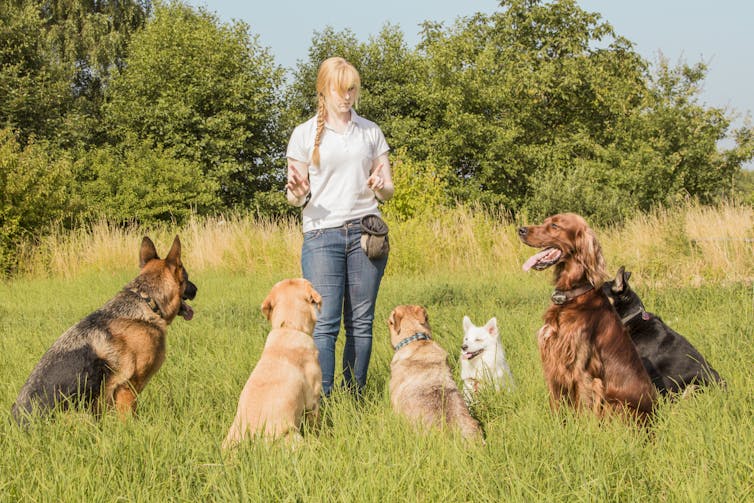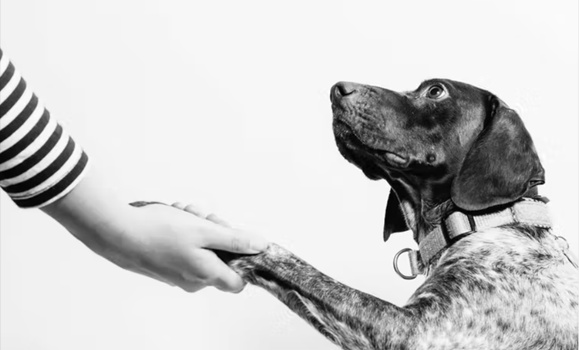, Associate Professor, Psychology and Neuroscience,
Humans are unique in their ability to develop sophisticated language abilities. Language allows us to communicate with each other and live in complex societies. It is key to our advanced cognitive abilities and technological prowess.
As a developmental psychologist, I have extensively studied the , especially their – the cognitive skills that allow them to control their behaviour, plan for the future, solve difficult problems and resist temptation.
Executive functions
The occurs slowly over the course of childhood. As they get older, children get better at organizing their thoughts and controlling their behaviours and emotions. In fact, humans are the only known species to develop advanced executive functions, although other species like and have rudimentary executive functions similar to young children.
In humans, our ability to develop . Language permits us to form and hold representations of our goals and plans in mind, allowing us to govern our behaviour over the long term.
What is not clear is whether language actually causes the emergence of executive functions, and whether the relation between language and executive functions exists only in humans.
Canine behaviour
For humans, studying dogs offers the perfect opportunity to consider these questions. First, . These can be measured in a variety of ways, including about their dogs’ ability to control their behaviours, as well as designed to assess dogs’ control abilities.
Second, not only do we expose dogs regularly to human language, but research also indicates that dogs can and can learn to respond to . For example, three dogs — two border collies named and , and a Yorkshire terrier named — learned to respond to over 1,000, 200 and 100 words, respectively.
However, many dog language studies have been limited in scope, either examining the word-based responses of only one or a small sample of dogs, or the responses of multiple dogs but only to select words.
One exception was a study in which . Owners reported that their dogs responded to an average of 29 words, although this likely is an underestimation. Indeed, research using a similar free-recall approach with parents shows that they are .
Communicating with dogs
Research with human infants does provide a solution for systematically and reliably assessing word-based responding in large samples of dogs. Arguably the best and most widely used measure of early language abilities of infants is the , a parent-report checklist of words responded to consistently. Remarkably, the number of words selected on the MacArthur-Bates Communicative Development Inventory predicts children’s .
In 2015, I began a collaboration with psychologist Catherine Reeve, at the time a graduate student working on dogs’ scent detection abilities. Our goal was to develop a similar measure of vocabulary for use with dog owners that we could then use to examine links between language and executive functions.
We developed a list of 172 words organized in different categories (for example, toys, food, commands, outdoor places) and gave it to an online sample of 165 owners of family and professional dogs. We asked them to select words that their dogs responded to consistently.
We found that, on average, . We also found that certain breed groups, such as herding dogs like border collies and toy dogs like chihuahuas, respond to more words and phrases than other breed types like terriers, retrievers and mixed breeds.

What we don’t yet know is whether dogs who respond to more words also have better executive functions. We recently assessed 100 dogs on a behavioural measure of executive functions and had their owners identify words on our vocabulary checklist. We are now analysing the results.
I first became interested in studying dogs to see what they might tell us about child development. That said, this research might also provide important practical information about dogs. For example, it is very expensive to train puppies for service work and many do not make the final cut. However, if early word-based responding abilities predict later behavioural and cognitive abilities, our measure could become an early and simple tool to help predict which dogs are likely to become good service animals.![]()
This article is republished from under a Creative Commons license. Read the .

